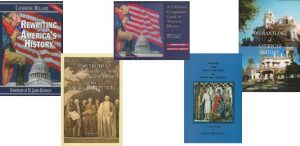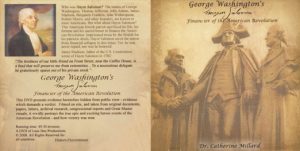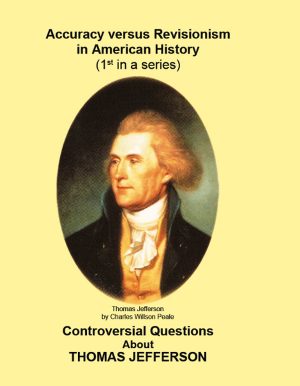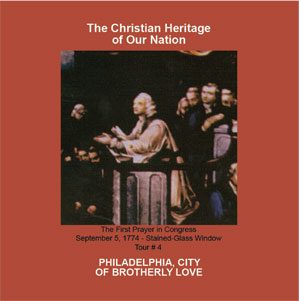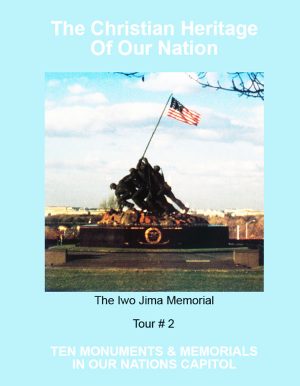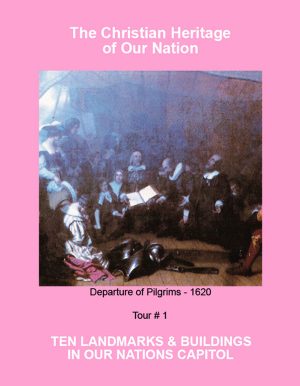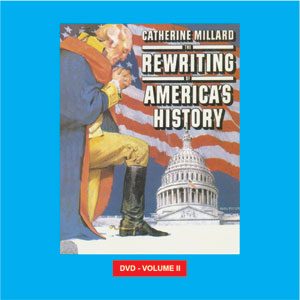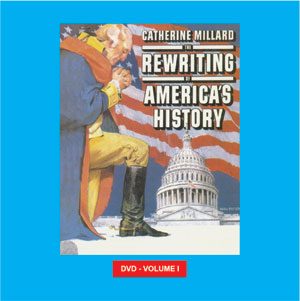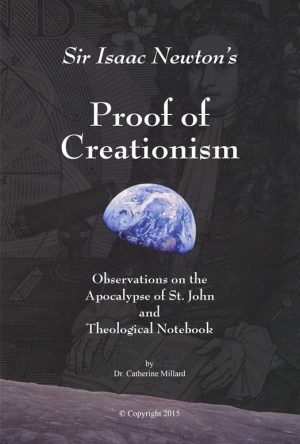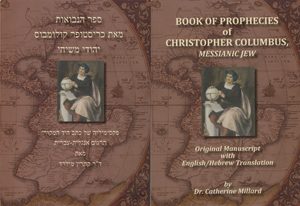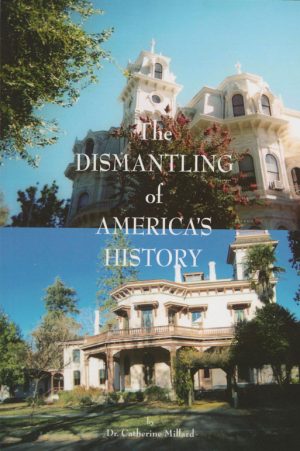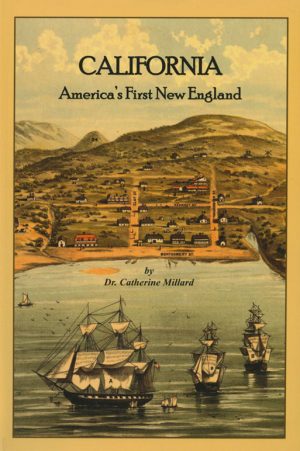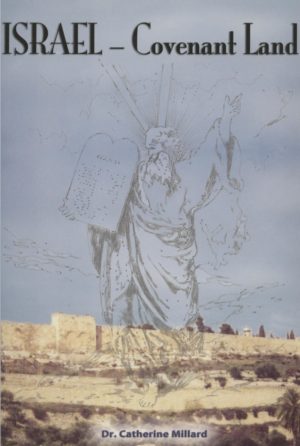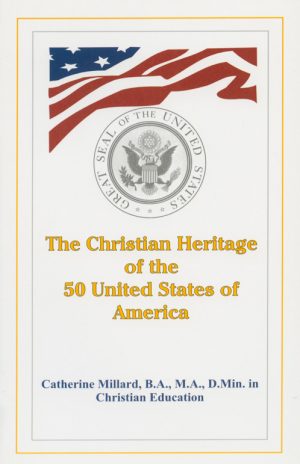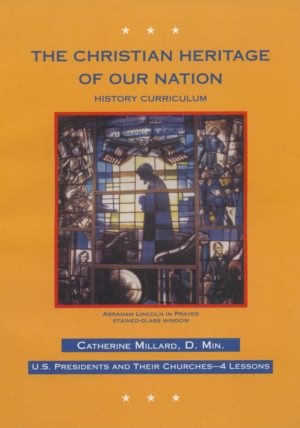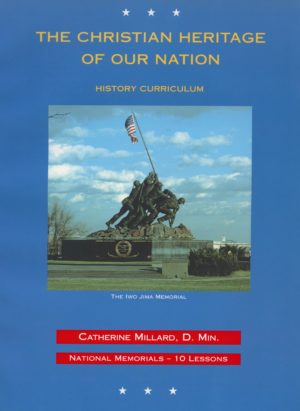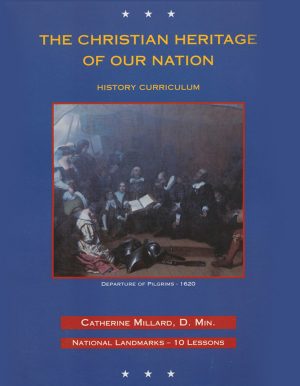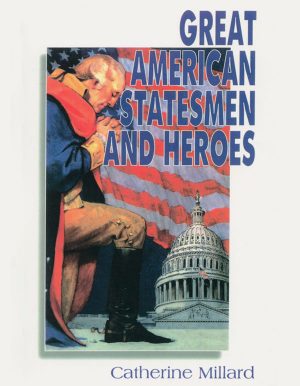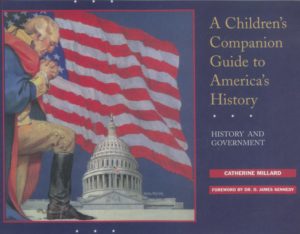Carter’s Grove was the plantation home of Robert “King” Carter, who was one of the most significant figures of America’s founding period, and whose property comprised 300,000 acres of land.1 Carter’s father died in 1669 when the boy was six years old. His older brother, John Carter II, became his guardian and under the stipulation of his father’s will, he began his schooling under an indentured servant with some schooling.2 He was then sent to England for six years, to board with a Mr. Bailey for his grammar school education, from about 1672-1678.3 Of his early school days, Carter writes:
From my owne observations when I was in England, those boyes that
wore the finest close and had the most money in their pockets still went
away, with the least learning in their heads.4
Carter’s studies comprised grammar, rhetoric and logic, with its roots in Latin, Greek and some Hebrew.
Robert Carter was a devoted Christian husband and father of twelve. He brought up his children in the love and admonition of the Lord Jesus Christ. Ritualism and hierarchy of the established church was of no importance to Carter who wished to impart biblical truth and high standards of morality to his offspring.5
He is also remembered for the church which he built in the early 1700’s, historic Christ Church in Lancaster County, Virginia, which is still maintained and honors his name today.
What were some of Carter’s great achievements which so distinguish him in this nation’s history?
A vestryman in Christ Church, the church he built for his parish, he also served as Justice of the Peace.6 At the age of twenty-eight he took his seat in the House of Burgesses at Jamestown as a member for Lancaster County. In 1696 he became Speaker of the House, and in 1697 filled the position of chairman of the Committee of Propriations and Grievances – the most important committee in that body.7 After being elected member of the Council, in 1699 he became Colonial Treasurer, holding this position until 1704. He was highly esteemed and respected by all the Burgesses.8 His duties as member of the Council, together with other leading men of the colony, comprised performing executive, legislative and judicial functions. Fellow members were William Byrd I, Edmund Jenings, Benjamin Harrison, James Blair and others.9
In 1715 Carter was appointed lieutenant commander of Lancaster and Northumberland counties. At the death of Governor Hugh Drysdale, “King” Carter, as president of the Council, assumed the administration of government, officially approved by George II in July 1726. This governorship Carter executed admirably for more than a year.10 Among his impressive services to God and country, this American son also acted as rector and visitor of the College of William and Mary, being made a trustee of the college in 1729, and endowing the college with a handsome scholarship.11 Buried in the yard at Christ Church where he had worshiped, his epitaph reads:
Here lies Robert Carter, Esq., an honorable man, who exalted his high
birth by noble endowments and pure morals. He sustained the College of
William and Mary in the most trying times. He was governor, Speaker of
the House and Treasurer…he built and endowed, at his own expense, this
sacred edifice, a lasting monument of his piety to God. Entertaining his
friends with kindness, he was neither a prodigal nor a thrifty host…At
length, full of honor and years, having discharged all the duties of an
exemplary life, he departed from this world on the 4th day of August
1732, in the 69th year of his age. The wretched, the widowed, and the
orphans, bereaved of their comfort, protector and father, alike lament his
loss.12
Rewritten History
Carter’s Grove Plantation is now administered by the Williamsburg Foundation, which oversees and has jurisdiction over Colonial Williamsburg, the old capital city of Virginia during the years 1699 through 1780. In September, 1988, while researching Carter’s Grove, one of America’s oldest and most prestigious plantations, the first, and only informative sign which now greets the visitor upon entering the grounds (installed 1988), does not give a single word relating to the true significance and history of Robert “King” Carter’s Plantation and spectacular Georgian home. Rather, the new sign reads:
Martin’s Hundred
This plantation was founded by the London-based Society of Martin’s
Hundred in 1617 and later was assigned 21,500 acres. It was settled in
1619. The site of Wolstenholme Town, its administrative center, was
discovered by archaeologists in 1977. They located the graves of several
victims of the Indian Massacre of 22 March 1622 when 78 colonists here –
half the plantation’s population – were reported slain. The area soon was
resettled but the town was never rebuilt. Department of Conservation and
historic Resources, 1988.
I subsequently interviewed a docent at the Carter’s Grove Visitors’ Center, who reported the following:
Carter’s Grove, dating back to 1750 A.D. and one of the oldest plantations in America has had its historic interpretation changed from the founding period to history beginning in the 1920’s when Mrs. Archibald McCrea bought the estate and lived in it. This new interpretation occurred about three years ago (1985) when the new Director, Mr. Lawrence Henry, appointed by the Colonial Williamsburg Foundation, changed the historic interpretation and meaning of this valuable national heritage site.13
A recently installed, new exhibit within the Visitors’ Center catches the eye prior to exiting onto the spacious grounds of Carter’s Grove Plantation. The exhibit outlines primarily the history of the McCreas, with a few lines about Robert Carter – The latter being the very reason for which this valuable Georgian mansion and plantation has been preserved for America’s posterity. The exhibit concludes with information about the Algonquin Indians, colonial slaves’ quarters, and the 1611 “Martin’s Hundred” English mercenary settlement highlighted – 220 English mercenary settlers having supposedly founded a town called Wolstenholme Towne right on the grounds of Carter’s Grove Plantation and Georgian home!
However, in the official report of the First Legislative Assembly convened by the 1607 Jamestown Settlement on July 30, 1619, in their church, Mr. John Pory, secretary, records two representative Burgessses from Martin’s Hundred (or Plantation), namely, Mr. John Boys and Mr. John Jackson.14 The 1607 Jamestown colonists had divided their settlement into “hundreds,” “incorporations” or “plantations” in order to govern themselves more efficiently.
The Colonial Williamsburg Foundation, therefore, has no excuse for rewriting this crucial epic of America’s founding period history, depicting Martin’s Hundred as a “mercenary English settlement.” “Martin’s Hundred” was part and parcel of the 1607 Jamestown Settlement, which convened its political meetings in prayer to Almighty God, and whose godly chaplain baptized Pocahontas into the Christian faith in 1613.
Upon entering the grounds of Carter’s Grove Plantation, immediately to one’s left are the newly constructed Slaves’ Quarters, with a Colonial Williamsburg Foundation official interpreter dressed in the colonial period “slaves’ garb.” Excerpted below is part of the interpretative lecture given by one of these representatives:
This plantation is owned by the Colonial Williamsburg Foundation. In 1971, archaeological digs were found here. It was slaves’ quarters (not a tannery, as they originally thought). Based on that, and structured evidence from other slaves’ quarters in Virginia, tax records, account books, other such evidence and diaries, plans were made and handed to carpenters. The Research Library is owned by Colonial Williamsburg. This is brand new in history – black history that has not been discussed or interpreted before 1979. Colonial Williamsburg is on the cutting edge of history museums around the country. The New York Times ran an article about these slave quarters on September 19, 1988. The Washington Post did the same thing in the summer of 1987. Local T.V. and radio (media) ran articles and Public Service announcements about these archaeological slaves quarters. Carpenters wear 18th century costumes because of the 18th century work they’re doing.
Interpretation of construction work includes:
What does this say about 18th century slave experience in the colonial Chesapeake? Carter’s Grove Mansion now focuses on 20th century history; the Slaves’ Quarters focus on 18th century history; the newly constructed Wolstenholme Towne (Archaeological site of an English settlement “discovered”), on 17th century history. They found a series of pits and postholes and fashioned what the average slave house was in the 18th century.15
A short distance further on, to the right, one sees a cluster of newly-constructed thatched-roofed, grey “shacks” with short-stumped wooden fences and markers, one of which indicates the place where a tree supposedly had stood; another bearing the name “Granny’s Grave.” Other grave markers designate recent archaeological discoveries of Martin’s Hundred gravesites.
A Chance Meeting
Upon exiting this plantation, I had an interesting encounter with Gillian Daroczy, of Dearborn, Michigan, at the Visitors’ Center of Carter’s Grove Plantation. She is one very familiar with the real Carter’s Grove history. Following is her account of the revised founding period history now presented at this famed historic site:
“I came here seven years ago. The original history of this famous plantation was given then. Robert “King” Carter was the richest man in Virginia and a prominent and significant figure during the founding period of our country. He was the father of Anne Hill Carter, grandfather of Robert E. Lee. Her husband was Light Horse Harry Lee.
They don’t mention any history about the Carters living here during the Revolutionary War period any more. “why don’t you speak about it?” we asked the interpreter? “Because we interpret the house as it has come through the years,” was the response. “But it doesn’t have anything to do with the Carter history and influence for which it is so famous and has been preserved. Mrs. McCrea, I’m sure, bought it to preserve the heritage. She would have liked the people to appreciate the home’s historical significance, as opposed to having her own private living quarters described on an updated scale. It’s like going through the Dodge Mansion at Grosse Pointe. I came to see and study our early American history, which is so rich – not to go through a Real Estate Tour.”
Seven years ago, my mother and I and two guests heard the history of the Carter era correctly interpreted. We were thrilled with the history of the mansion during the Revolutionary period…not, “this is Mrs. McCrea’s refrigerator – 34 years old and still running…” I left the tour. Who cares how old her refrigerator is? The roof is raised to accommodate new quarters. The tour highlights their bedroom; office; bathroom; where the toilet was; the electric light and ash tray in a cupboard enclosing the toilet!
The only statement we heard about our American Revolutionary period history was that Robert “King” Carter originally built this house. We didn’t learn anything here about Carter and his influence – not one thing! I think they should remove everything about the McCreas. Is this what the Williamsburg Foundation makes you pay money for? Children learn more about American colonial, revolutionary history by being there, seeing, experiencing, touching it. This is how children, future generations of Americans, are taught our foundational history.”
Listening to the above commentary, one cannot help being deeply moved by the chagrin and pathos of this young woman’s testimony on the removal of a heritage very near and dear to each American; that of the founding period of our nation through Robert “King” Carter and his descendants at Carter’s Grove Plantation – all the more so as Carter’s Grove Plantation is being publicized to Americans in newspapers, (such as the November, 1990 issue of the complimentary Williamsburg Magazine), as a site which “chronicles 350 years of history” requiring tickets to be purchased in advance!
Further to the above removal of all original history pertaining to the great American Christian patriot, Robert “King” Carter, from his own Georgian mansion and homesite, Carter’s Grove Plantation, we see history being rewritten on his person and character. In an article entitled “Shirley Plantation – Built on a Tradition of Heritage and Hierarchy,” which appeared in the Spring 1991 edition of the widely distributed Colonial Williamsburg, Journal of the Colonial Williamsburg Foundation, we read:
…Conspicuous is the portrait of Robert “King” Carter of Corotoman on the Rappahannock…He noted in his diary occasions when he personally haggled over pennies for yarn and eggs on trading days on his docks…He was as shrewd in simple dealings as he was in the management of his vast holdings…In King Carter’s picture, the left forefinger seems to be pointing to a vest pocket of this rather plainly dressed man. The flap of the pocket is curled, indicating frequent use…Whether the finger points to a time piece or a coin purse is irrelevant; the King would waste neither…”16
And again, in a caption above a photographic reproduction of this remarkable man’s portrait, we read:
Seeming still to survey his vast domain, Robert “King” Carter, portrayed by an unknown artist, points to a vest pocket where,…(he) kept his purse.17
The above lines imply that Carter’s mind was staid upon materialism (his vast domain) and money (his purse), imputing to Carter negative character traits which he did not have, as has been amply demonstrated by his personal correspondence and deeds portraying his love of God and a Christian value system.
It would also be in keeping with the Colonial Williamsburg Foundation’s printed mandate as “the nonprofit educational organization responsible for the restoration, preservation, and interpretation of the 18th-century capital of the colony of Virginia” to correctly attribute Robert “King” Carter’s true historic roots and identity to Carter’s Grove Plantation – his circa 1750 homesite.
Many Americans are awakening to this travesty – as it is apparent that the effort to obliterate the founding period of this nation, so rich in biblical heritage – has accelerated in recent years.
Note: A similar plight has befallen historic Jamestown Island, Virginia, site of the first permanent Protestant Christian Settlement on American soil (c.1607); with archaeology, the rewriting and reinterpretation of America’s original Christian history, in preparation for the celebration of Jamestown Island’s 400th anniversary in 2007, via widescale national media coverage.
To learn more, click here.
_________________________
Bibliography:
1
Morton, Louis. Robert Carter of Nomini Hall. Williamsburg: Colonial Williamsburg, Inc., 1941, p. 63.
2
Ibid., p. 9
3
Ibid.
4
Robert Carter to Francis Lee, 15 July 1702. Wormeley Estate Papers, 1701-1716. Lancaster County, VA.: Christ Church Parish.
5
Wright, Louis B., (ed.) Letters of Robert Carter, 1720-1727. San Marino: The Hunting Library, 1940, p. 25.
6
Ibid., p. 34.
7
Ibid., p. 37.
8
Morton, Louis, Robert Carter of Nomini Hall. p. 11.
9
Ibid., p. 12.
10
Ibid.
11
Ibid., p. 13.
12
Ibid.
13
Interview with Visitors’ Center Docent. Carters’ Grove Plantation. Colonial Williamsburg Foundation, September 1988.
14
Historic marker outside original church tower, Jamestown Island, Virginia.
15
Colonial Williamsburg Interpreter’s Lecture. Colonial Williamsburg Foundation, September, 1988.
16
Hill Carter III, Charles. “Shirley Plantation – Built on a Tradition of Heritage and Hierarchy.” Colonial Williamsburg (the Journal of the Colonial Williamsburg Foundation). Spring 1991, p. 28.
17
Ibid., p. 29.
